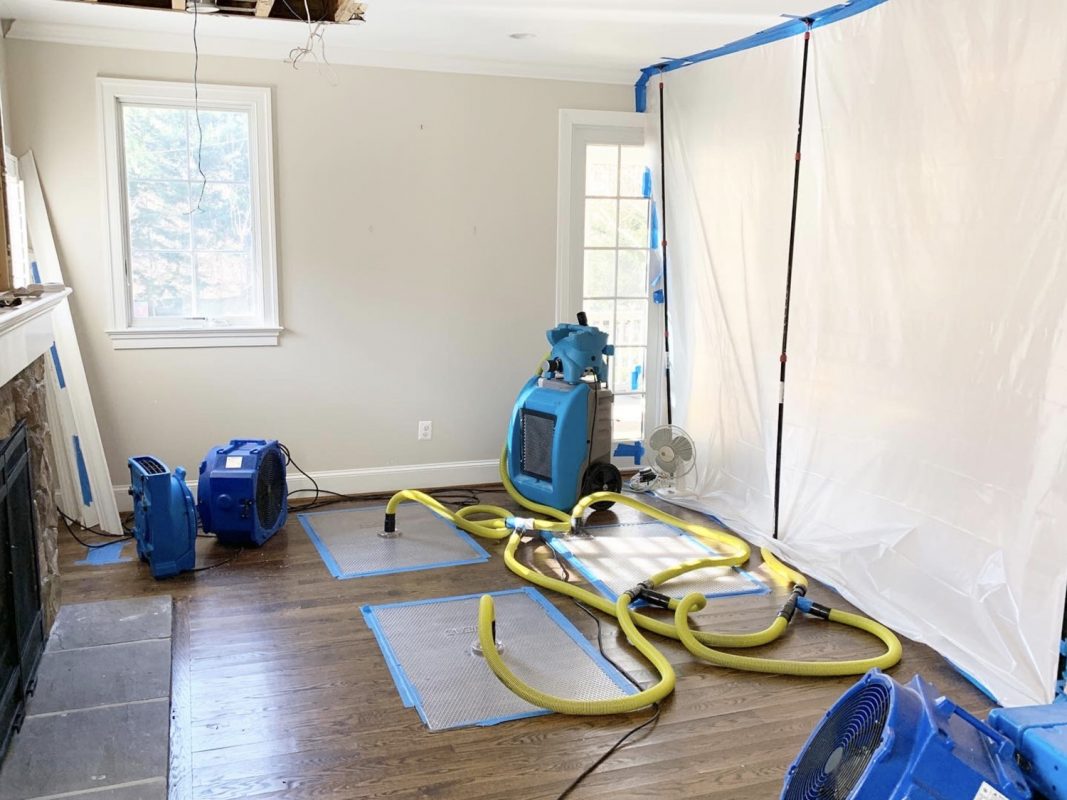Do's as well as Don'ts During Water Damages Emergency Situations.
Do's as well as Don'ts During Water Damages Emergency Situations.
Blog Article
We've stumbled upon this post involving Simple Solutions To Preventing Fire And Water Damage To Your Home below on the internet and concluded it made sense to relate it with you over here.

Though water gives life, water intrusion on components where it's not supposed to be can result in damage. It can peel away surface areas and also deteriorate the structure if the water soaks into your structure. Mold and also mildew additionally flourish in a wet atmosphere, which can be hazardous for your health and wellness. Residences with water damages scent stuffy and old.
Water can come from many resources such as hurricanes, floods, burst pipes, leakages, and also sewage system issues. In case you experience water damage, it would certainly be great to understand some safety and security precautions. Right here are a couple of standards on exactly how to manage water damage.
Do Prioritize House Insurance Coverage Insurance Coverage
Water damage from flood as a result of hefty winds is seasonal. However, you can also experience an unexpected flooding when a faulty pipeline suddenly bursts into your house. It would certainly be best to have house insurance coverage that covers both acts of God such as all-natural tragedies, and emergency situations like damaged plumbing.
Don't Neglect to Shut Off Utilities
In the event of a calamity, particularly if you live in a flood-prone location, it would be a good idea to switch off the main electric circuit. This removes power to your whole residence, avoiding electric shocks when water comes in as it is a conductor. Moreover, don't neglect to turn off the main water line shutoff. Furniture will relocate about as well as trigger damages when floodwaters are high. Having the primary valve shut off protects against further damages.
Do Remain Proactive and Heed Weather Condition Notifies
Tornado floodings can be very uncertain. If there is a history of flooding in your area, remain proactive and also prepared. If you live near a river, creek, or lake , listen to discharge cautions. Secure prized possessions from the first stage and also basement, then placed them on the greatest possible level. Doing so decreases potential home damage.
Don't Overlook the Roofing System
You can avoid rainfall damage if there are no holes as well as leakages in your roof covering. This will certainly protect against water from streaming down your walls and also saturating your ceiling.
Do Take Note Of Tiny Leakages
A ruptured pipeline does not happen overnight. Normally, there are warnings that show you have deteriorated pipelines in your house. As an example, you may notice gurgling paint, peeling wallpaper, water streaks, water spots, or dripping noises behind the walls. Eventually, this pipeline will rupture. Preferably, you must not wait for things to rise. Have your plumbing repaired prior to it results in huge damage.
Do Not Panic in Case of a Ruptured Pipe
When it comes to water damage, timing is essential. Therefore, if a pipeline bursts in your residence, instantly closed off your main water shutoff to cut off the resource. Call a respectable water damages remediation specialist for assistance.
Water provides life, water intrusion on components where it's not supposed to be can result in damages. Residences with water damage scent musty as well as old.
Water damages from flooding dues to hefty winds is seasonal. You might notice bubbling paint, peeling wallpaper, water streaks, water discolorations, or dripping sounds behind the wall surfaces. When it comes to water damage, timing is essential.
Some Do's & Don't When Dealing with a Water Damage
DO:
Make sure the water source has been eliminated. Contact a plumber if needed. Turn off circuit breakers supplying electricity to wet areas and unplug any electronics that are on wet carpet or surfaces Remove small furniture items Remove as much excess water as possible by mopping or blotting; Use WHITE towels to blot wet carpeting Wipe water from wooden furniture after removing anything on it Remove and prop up wet upholstery cushions for even drying (check for any bleeding) Pin up curtains or furniture skirts if needed Place aluminum foil, saucers or wood blocks between furniture legs and wet carpet Turn on air conditioning for maximum drying in winter and open windows in the summer Open any drawers and cabinets affected for complete drying but do not force them open Remove any valuable art objects or paintings to a safe, dry place Open any suitcases or luggage that may have been affected to dry, preferably in sunlight Hang any fur or leather goods to dry at room temperature Punch small holes in sagging ceilings to relieve trapped water (don't forget to place pans beneath!); however, if the ceiling is sagging extremely low, stay out of the room and we'll take care of it DO NOT:
Leave wet fabrics in place; dry them as soon as possible Leave books, magazines or any other colored items on wet carpets or floor Use your household vacuum to remove water Use TV's or other electronics/appliances while standing on wet carpets or floors; especially not on wet concrete floors Turn on ceiling fixtures if the ceiling is wet Turn your heat up, unless instructed otherwise

As a fervent person who reads on Reducing Your Risk Of Water And Fire Damage At Home, I thought sharing that piece was a good thing. Sharing is caring. You just don't know, you may just be helping someone out. Kudos for your time. Visit again soon.
Report this page